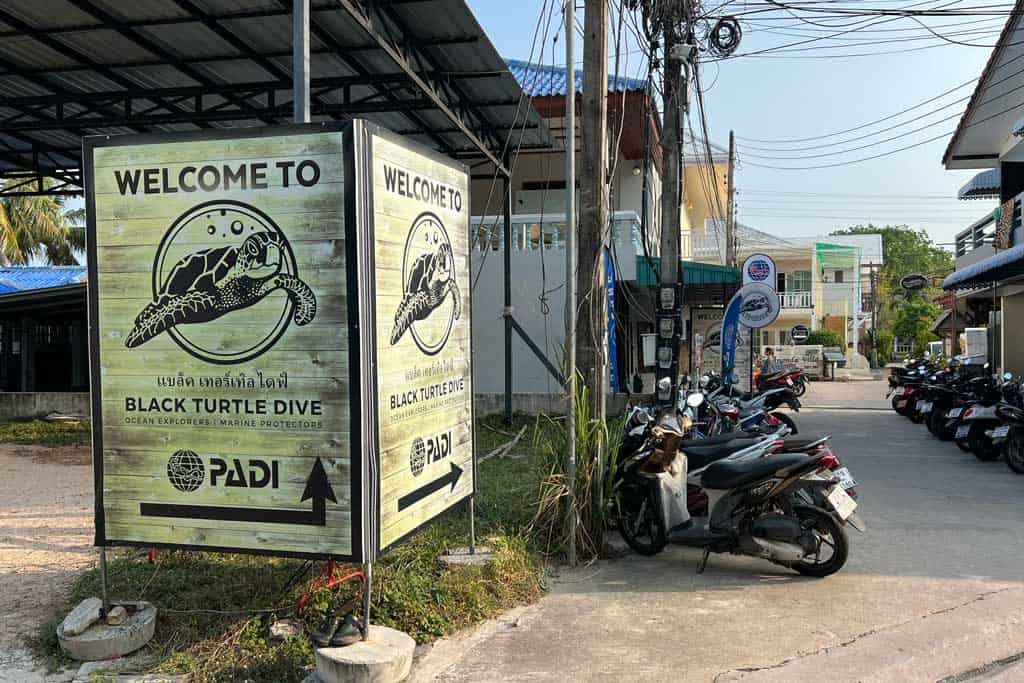In an effort to learn more about conservation diving, I did the Ecological Monitoring Program course with Black Turtle Dive in Koh Tao, Thailand. Was it worth it? This is my experience.
From the very first time I donned a regulator and BCD and started my open water scuba diving journey in Honduras way back in 2011, I knew I wanted to spend as much time as possible in the sea.
I’ve always been fascinated by the beauty and diversity of the underwater world, and seeing it from the depths for an hour at a time was a life changing experience.
It led me on a path to protect the world’s oceans, and from the day on I took action on minimising my personal waste consumption and joined beach clean-ups to do my part.
Now that I live on the Great Barrier Reef, that passion for the oceans has only grown.
But how could I take my love of diving and the ocean to new levels and become an active part of conservation?
If you’re like me, I assumed the only way forward was to dedicate years of my life to marine biology.
That was until my most recent trip to Koh Tao, Thailand.
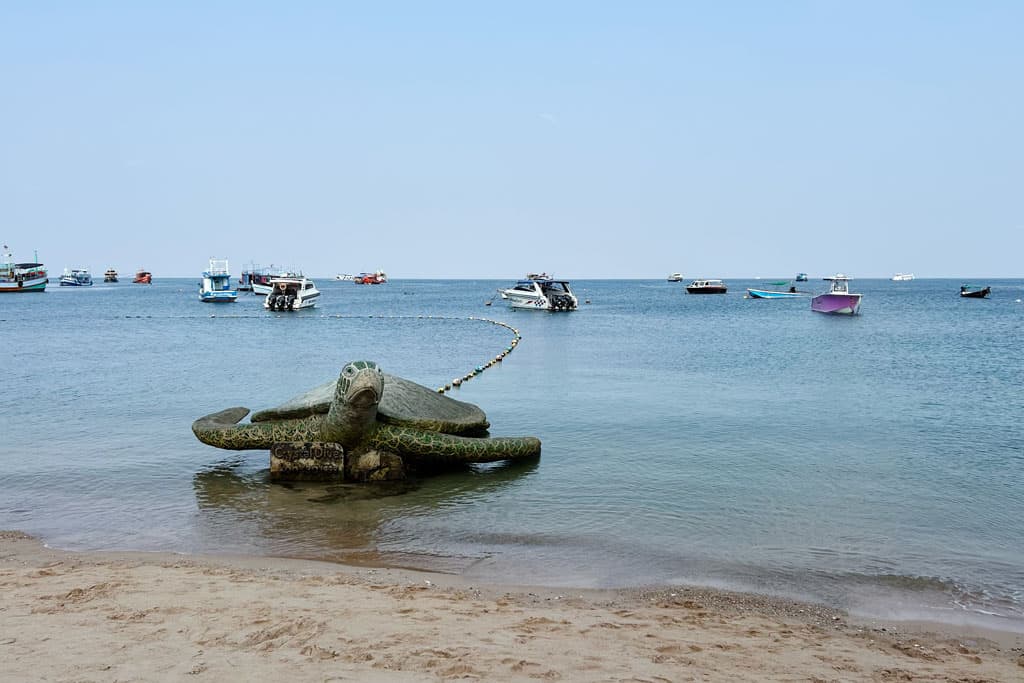
I was on a campaign with the tourism board to document the conservation and sustainability efforts being undertaken in the country, and having focused my previous trips on wildlife and community-based tourism, it was time to turn my energy to the sea.
On my first visit to Koh Tao in 2014 I completed my PADI Rescue Course, along with my Wreck and Enriched Air (Nitrox) specialties to further advance my skills.
Now with around 100 dives under my belt, I returned in 2023 to dive as much as possible and document my experiences as I stepped into the world of conservation.
It’s no secret that I love Koh Tao, and it was a real pleasure to be returning to the place that almost became home and start to give back to the reefs.
READ MORE: Check out my guide on the top activities and attractions in Koh Tao!
The majority of my time on this gorgeous island was dedicated to doing the Koh Tao Ecological Monitoring Program (EMP) course with Black Turtle Dive, and it proved to be one of my most transformative experiences since first getting certified as a scuba diver more than a decade ago.
Finally I began to understand the importance of marine conservation with firsthand experience, and how I could make a meaningful difference.
In this blog post, I’ll share my experience with the EMP course in Koh Tao, what I learned, and how it changed my perspective as a diver forever.
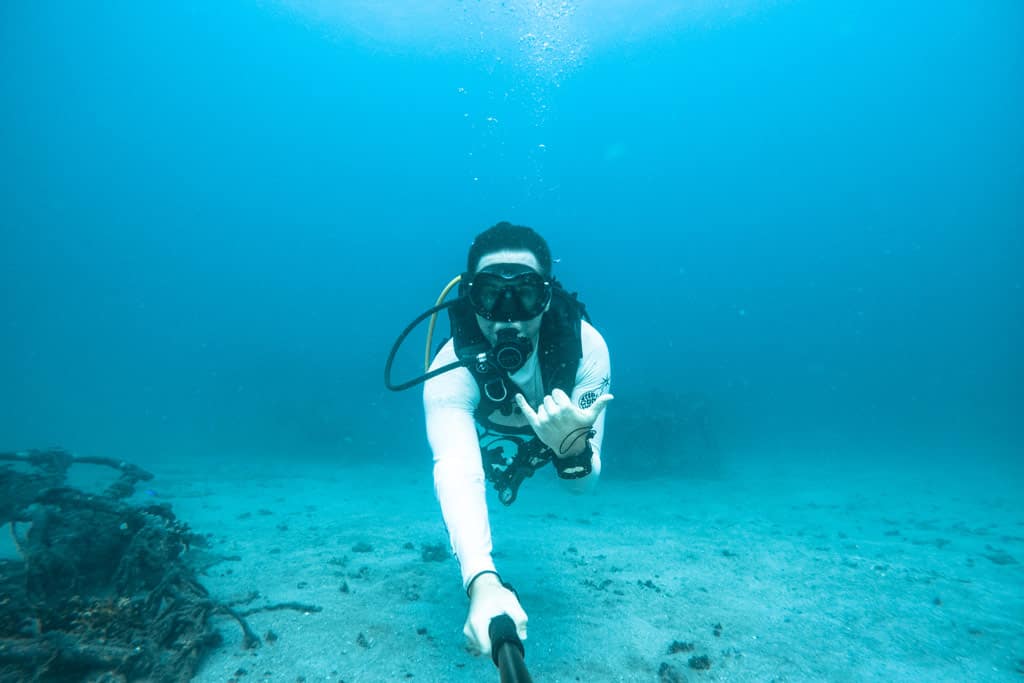
Table of Contents
What is the Ecological Monitoring Program in Koh Tao?
The Ecological Monitoring Program (EMP) is a specialised scuba diving course that focuses on the documentation and conservation of marine ecosystems.
Offered by the non-profit organisation Conservation Divers, and conducted exclusively in Thailand by the experienced team at Black Turtle Dive in Koh Tao, the course teaches divers about the complex relationships within coral reef ecosystems, various marine species identification, and the techniques required for underwater surveys.
The Ecological Monitoring Program is traditionally a 4-day course (I squeezed mine into 3 days, but would recommend the extra day) and combines practical diving skills with in-depth knowledge of marine biology and ecological monitoring techniques.
READ MORE: Here’s our comprehensive guide on travelling to Thailand with everything you’ll need to know!
The goal is to equip divers with the tools and understanding necessary to contribute effectively to ongoing conservation efforts, not just in Koh Tao but around the world.
All of the data collected during these reef surveys, which are done weekly in Koh Tao, are then uploaded to a government-approved database so that scientists can track the health of the reef over time.
For example they can check the data from a survey done directly after a storm event with the previous survey to see the effects the storm had on various species, or see how increased boat traffic is affecting marine life.
I’ve since discovered that these are the same types of surveys conducted by marine biologists all over the globe, including at my home on Magnetic Island in the Great Barrier Reef.
It’s a hugely beneficial and worthwhile course, and I was beyond thrilled to be learning these skills.
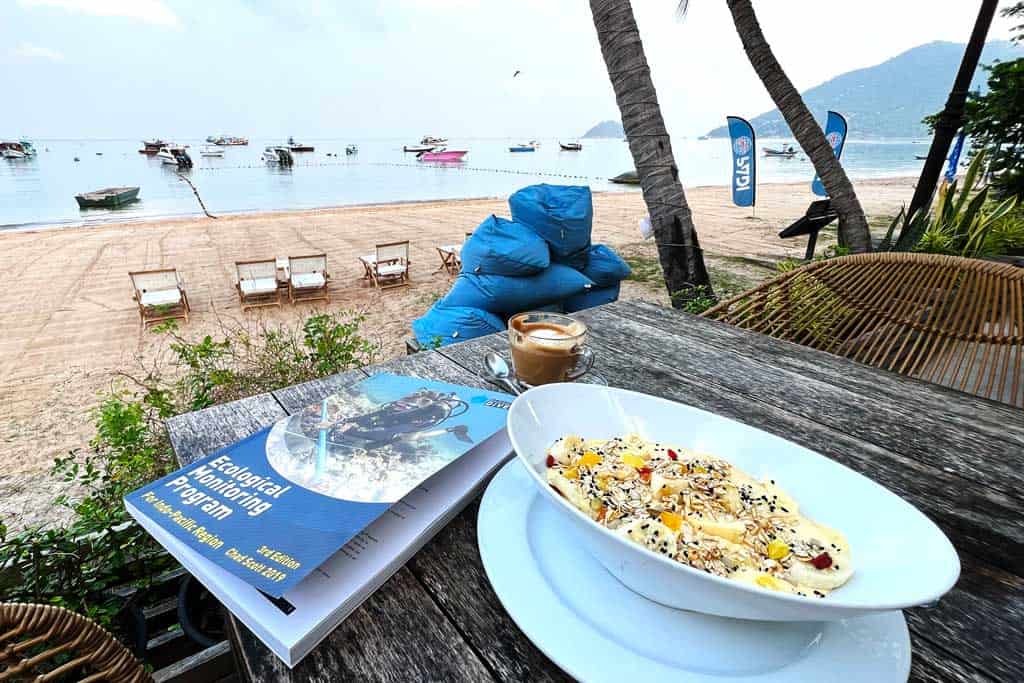
My Experience with the EMP Course at Black Turtle Dive
From the moment I arrived for my EMP course with Black Turtle Dive, I knew I was in for a wonderful and educational experience.
Steve, Matt and the whole team at Black Turtle Dive are incredibly knowledgeable and passionate about marine conservation, and having lived and owned businesses on Koh Tao for over two decades, they love this island as much as anybody.
Their enthusiasm for conservation was infections, and this made the learning experience both engaging and enjoyable.
READ MORE: Travelling elsewhere in the Land of Smiles? Don’t miss our blog on where to visit in Thailand!
My instructor was Steve, who was also one of the co-founders of Black Turtle Dive, and it didn’t take long before we started to form a great friendship over delicious coffee in their cafe in the lead up to our program.
As I was doing a fast-tracked course, the first two days would be broken up into learning about different indicator species of invertebrates, substrates and fish, followed by a practical survey dive.
The final day would be the written assessment followed by the practical exam. Assuming I passed both, I would then be a certified EMP conservation diver.
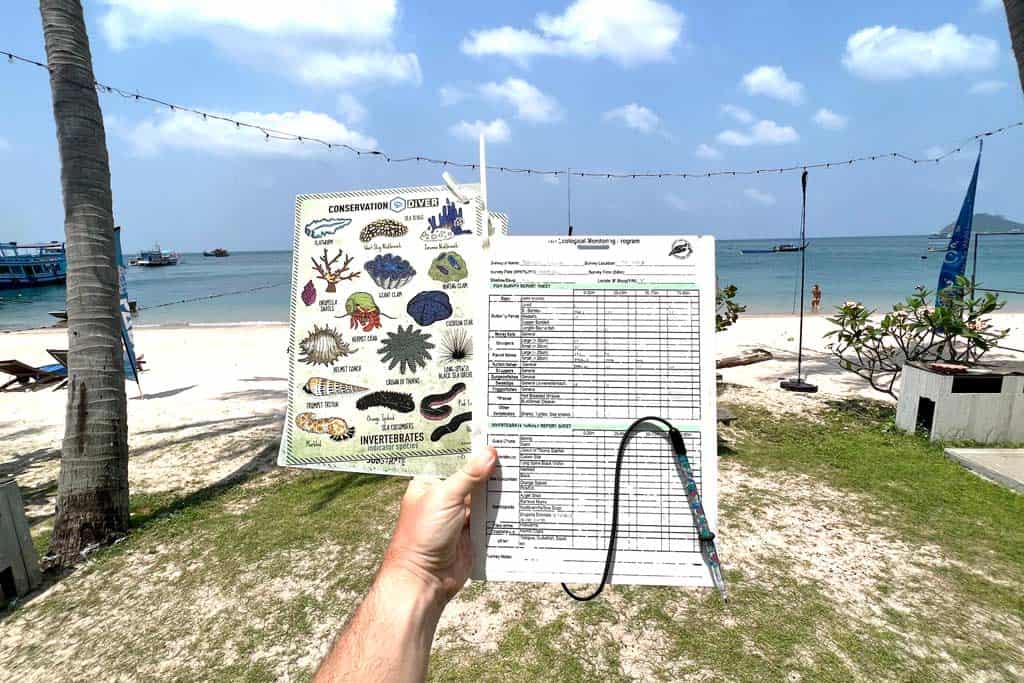
The Classroom Sessions
The course began with a classroom session where we delved into coral reef ecology, indicator fish species, and invertebrate identification.
The first day was going to be dedicated to invertebrates, as Steve felt that was the hardest element of the course.
Steve shared fascinating insights into the delicate balance of marine ecosystems and the importance of maintaining their health, not just from textbooks but drawing on his own experience diving Koh Tao and around the world for longer than I’ve been alive.
The scientific and biological aspects of the invertebrate teachings was quite complex, and while I definitely asked more than a few questions for clarification, by the end of the first morning I felt like I was beginning to get a good understanding of this fascinating segment of marine life.
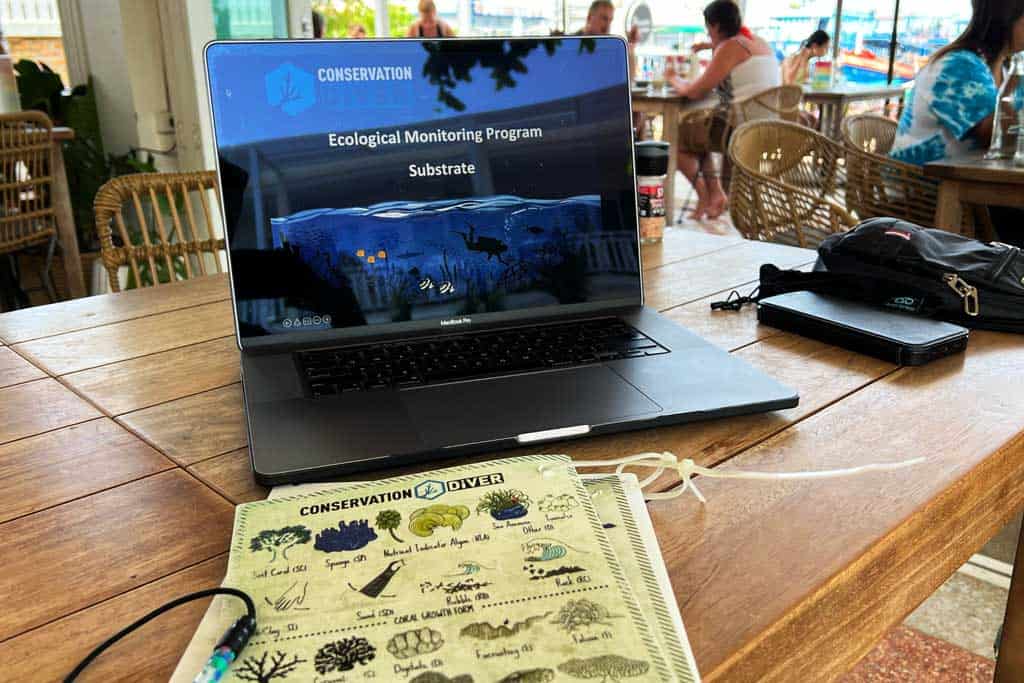
Conducting the Invertebrate Survey
After lunch we got kitted out in our dive gear, all supplied by Black Turtle, and began our dive briefing.
The dive site was in the bay right off of Sairee Beach, and we jumped in Black Turtle’s custom-made solar-powered dingy to get to the location.
5 minutes later we rigged up, did our buddy checks. and jumped in.
The start of the dive required tying a 100m tape to a pre-installed piece of rebar, which defined one end of the survey site, and the navigating by using a compass to the other pole 100m away.
Steve navigated on this first dive and I followed behind running the tape out, allowing it to fall in a straight line no matter what was beneath us.
At the far end we tied it off, did another check and Steve instructed me to start my survey.
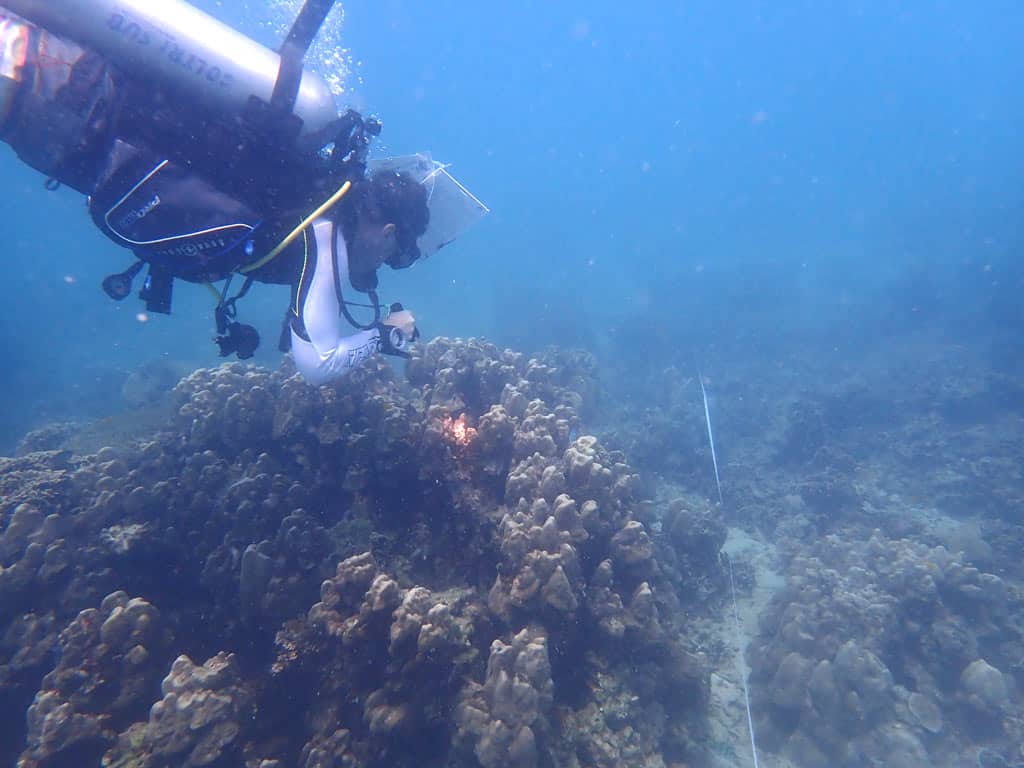
For the invertebrate survey I would follow the 100m line, zig-zagging back and forth across to create a 5m wide zone where the tape intersects.
Maintaining perfect neutral buoyancy, which was paramount to being able to conduct the survey without touching or damaging anything, I actively looked for every single type of indicator species that was pleasant on my slate.
These indicators were specifically selected by the team at Black Turtle and Conservation Diver for their symbiotic, positive or negative roles in the marine ecosystem, and by tracking their numbers we could create an overall view of the health of the reef.
If I spotted any I’d mark it down on the slate, and then continue on with a keen eye out for more.
Steve followed behind, watching my work, and every now and then he’d call me back to point out a nudibranch or another small invertebrate that I’d missed.
Once I’d seen them my eyes became more fine-tuned, and I identifying species became easier.
After the first 20m Steve gestured that I should pick up the speed slightly in order to complete the entire 100m survey.
I glanced at my dive computer and realised that 20m had taken me nearly 30 minutes!
Being so enthralled and focused on the task meant that time was getting away from us. Air consumption wasn’t an issue, as I found myself maintaining buoyancy without a problem and my breathing was slow and calm, but truthfully we didn’t have all day!
READ MORE: Don’t forget to continue your diving adventures in Koh Phangan!
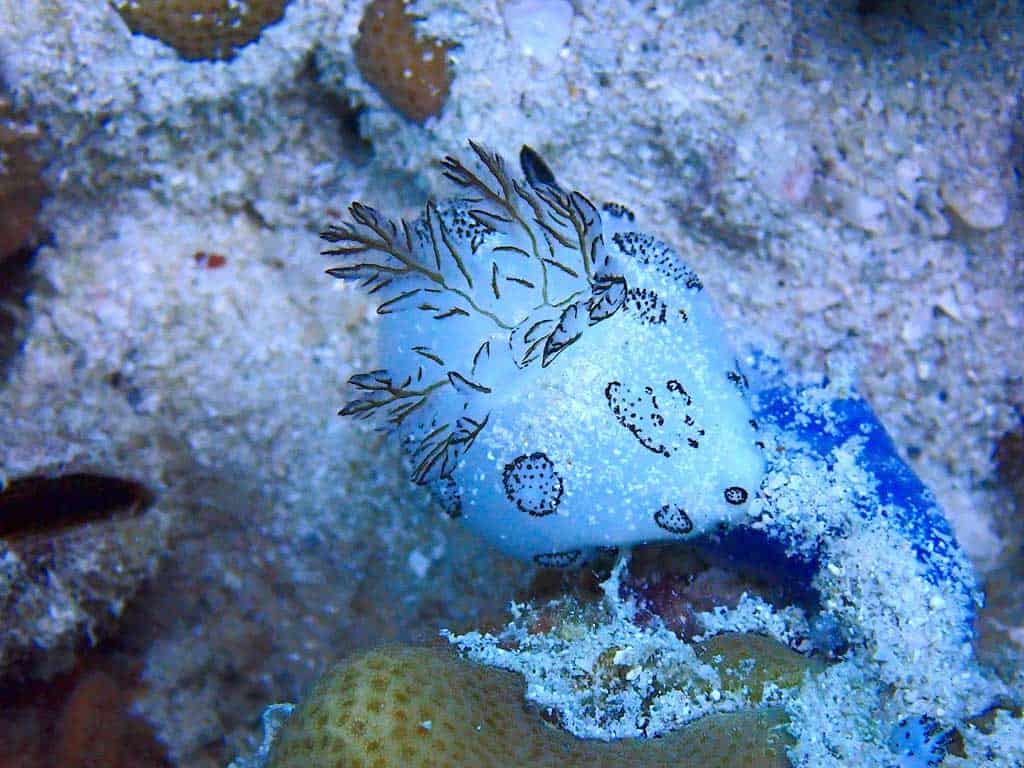
I continued down the line, picking up the pace, and eventually reached the end with a full slate in 70 minutes.
Ascending to the surface we met our boat and headed back to shore.
After we cleaned up and packed away our dive gear Steve went over my slate and was overwhelmingly positive with his feedback.
He assured me that going slow was completely normal for first-timers, and gave a few pointers on where to look for different species.
That concluded the first day, and naturally we found ourselves back in the Black Turtle Dive bar to enjoy a few sunset beers before calling it an early night.
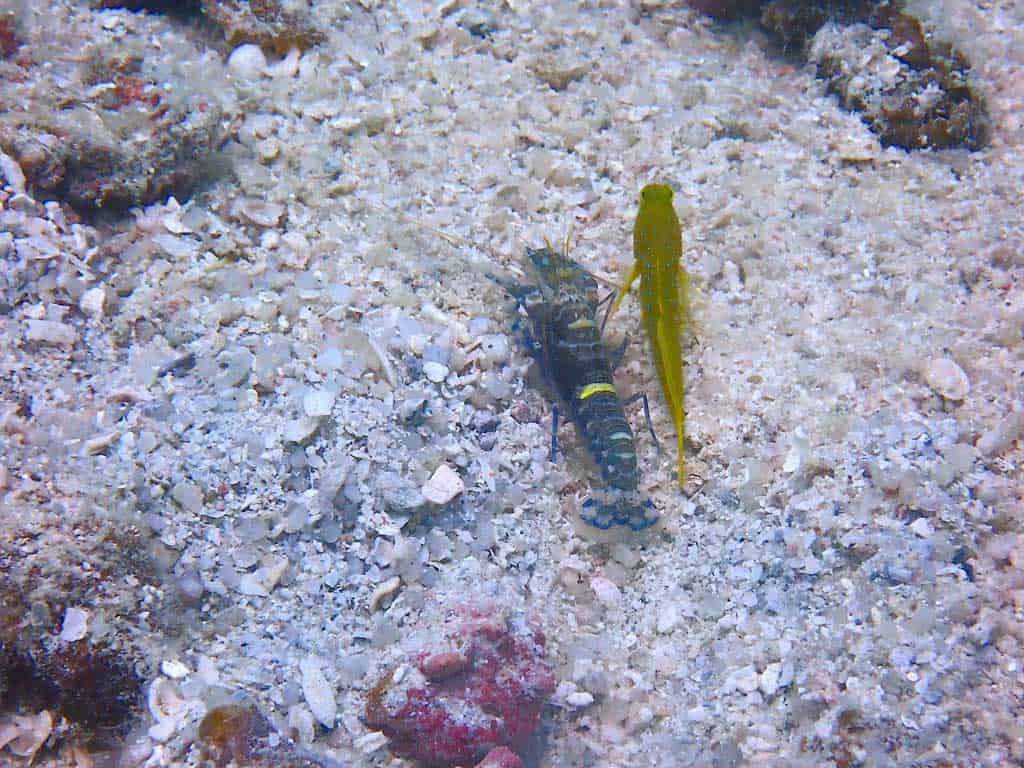
The Fish and Substrate Surveys
On day 2 we combined fish and substrates into one huge classroom session, and then went back out for two back-to-back dives to complete the surveys.
Returning to the same location this time it was my turn to navigate, and I was quietly proud of myself for keeping my bearing almost perfect and arriving to the end point only a metre out over the 100 metres.
Steve followed behind running the line, and then my substrate survey began.
For this one I was to swim 50cm then mark down the exact substrate that was under the tape – type of coral, rock, sand, rubble, etc.
I completed this survey quite quickly, and after reeling in the line Steve took me off to the Black Turtle coral transplant garden to help move some concrete substrates that were being used to grow new coral.
Wrapping that up we enjoyed a very leisurely dive back to shore and took our safety stop on the beach.
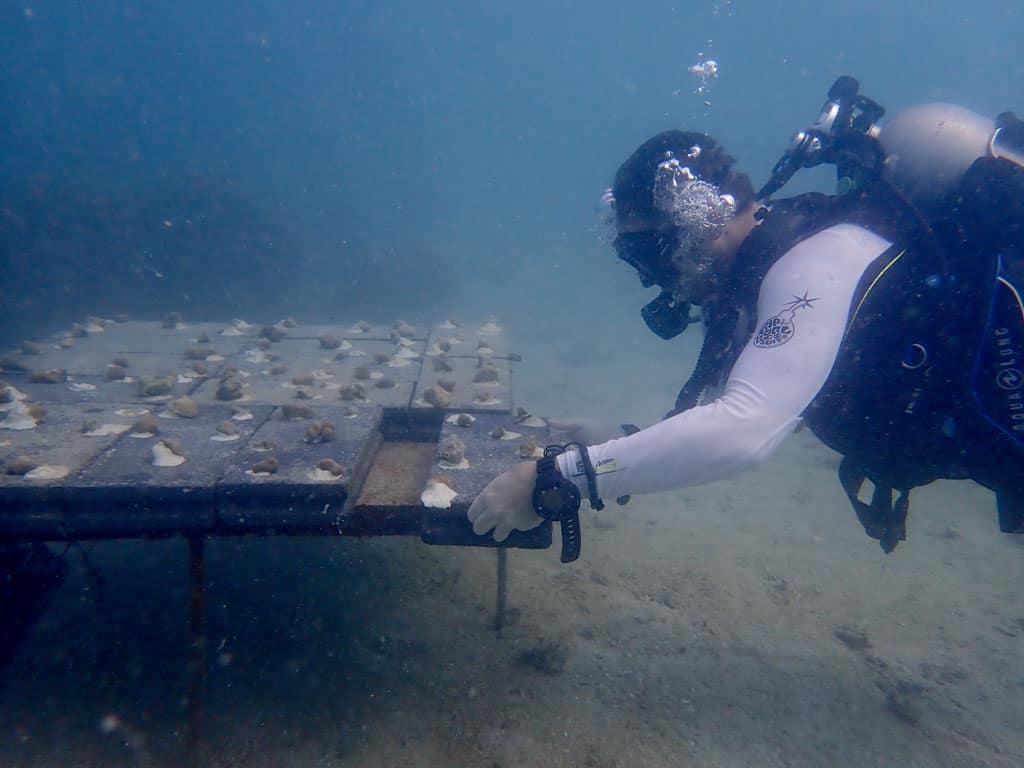
Back to the dive site I navigated to the starting point once more and came back for the fish survey.
This time I would swim very slowly down the line, looking to the left and right 2.5m out and 5m high, creating a total 5 square metre space and write down every single type of indicator fish species I could find.
It really is amazing just what you see when you take your time and focus on searching.
A seemingly naked bit of coral would come to life with hundreds of fish when you slow down and really look, and similar to the invertebrate survey I found this one taking me over an hour.
The real challenge was that fish of course move, so I’d have to constantly think about whether that angel fish I saw was the same one I spotted 10 seconds ago. In the end I think I did alright.
The afternoon wrapped up the same as the first, with beers, laughs and good conversations back at the bar.
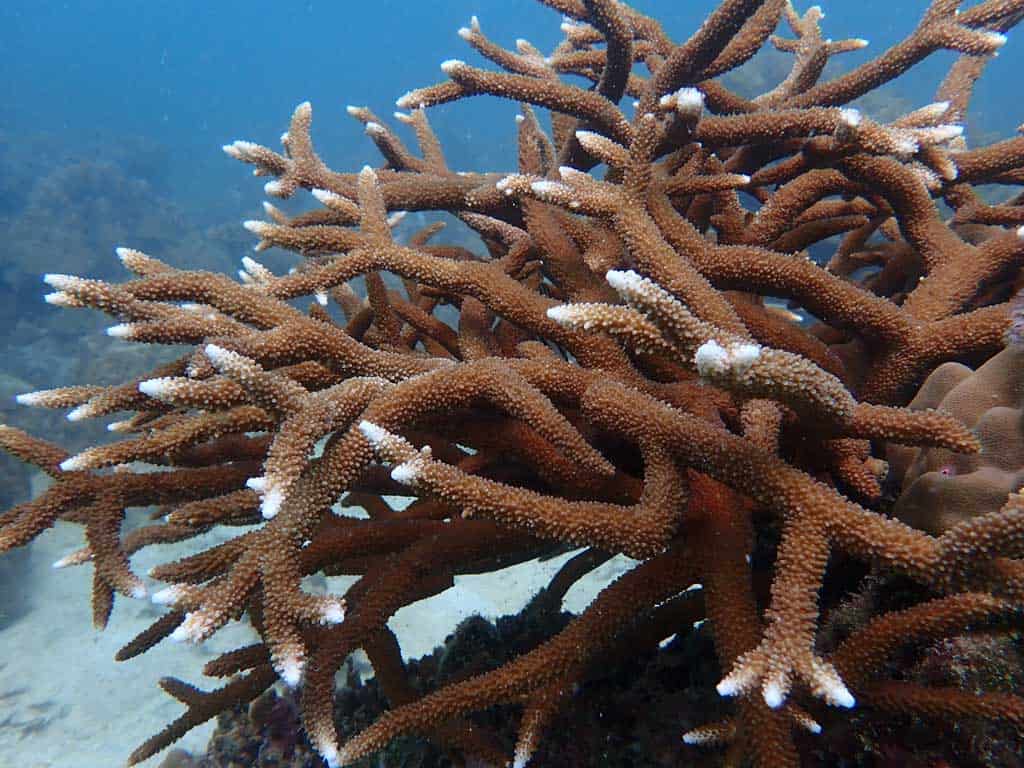
Completing the Exams
You can’t do a course without a test at the end, and the morning of the 3rd day was dedicated to completing my written exam.
Answering questions on reef ecology, symbiotic relationships and the subtle biological differences between individual substrates, invertebrates and fish was quite difficult, but Steve was on hand to help work through any questions I was unsure of.
Finishing with the required a 100% score, the final test was to do the practical exam on a survey of my choice.
“You can pick any survey you want. Invertebrates is the hardest so I’d recommend that one, but it’s entirely up to you,” Steve chimed in while kitting up.
“Invertebrates it is!” I exclaimed, and we jumped into the boat and back out to the dive site.
With 3 surveys under my belt now I breezed through the exam in good time, finishing in about 45 minutes and completing all tasks to a satisfactory level.
Fist-bumping underwater, Steve and I then spent about 20 minutes packing the site up and swimming back to shore, exploring the surprisingly beautiful reef that is so close to Koh Tao’s main beach.
I was now a certified Ecological Monitoring Program Conservation Diver, ready to join in on any future reef surveys in Koh Tao.
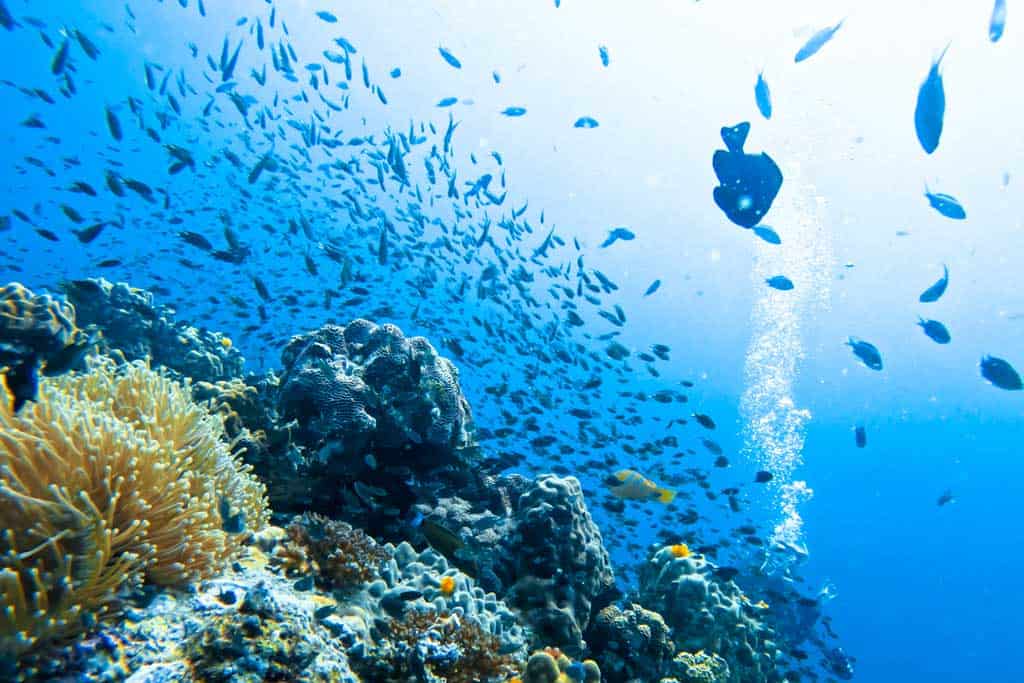
All the data I had collected would now be uploaded to the database, which would in turn be used to gain greater understandings of the Koh Tao coral reefs and force positive change to protect them.
Throughout the course, Steve at Black Turtle Dive emphasised the necessities of responsible diving practices, such as proper buoyancy control and avoiding contact with coral, alongside the fascinating science behind conservation and marine biology.
These lessons not only made me a better diver but also reinforced the importance of minimising our impact on the underwater environment.
Now it was time to head home and start my own reef surveys with the marine biologists that live around me, and pick up the slate again next time I’m on Koh Tao.
But first, a few more sunset beers with Steve, Matt and the whole Black Turtle Dive team.
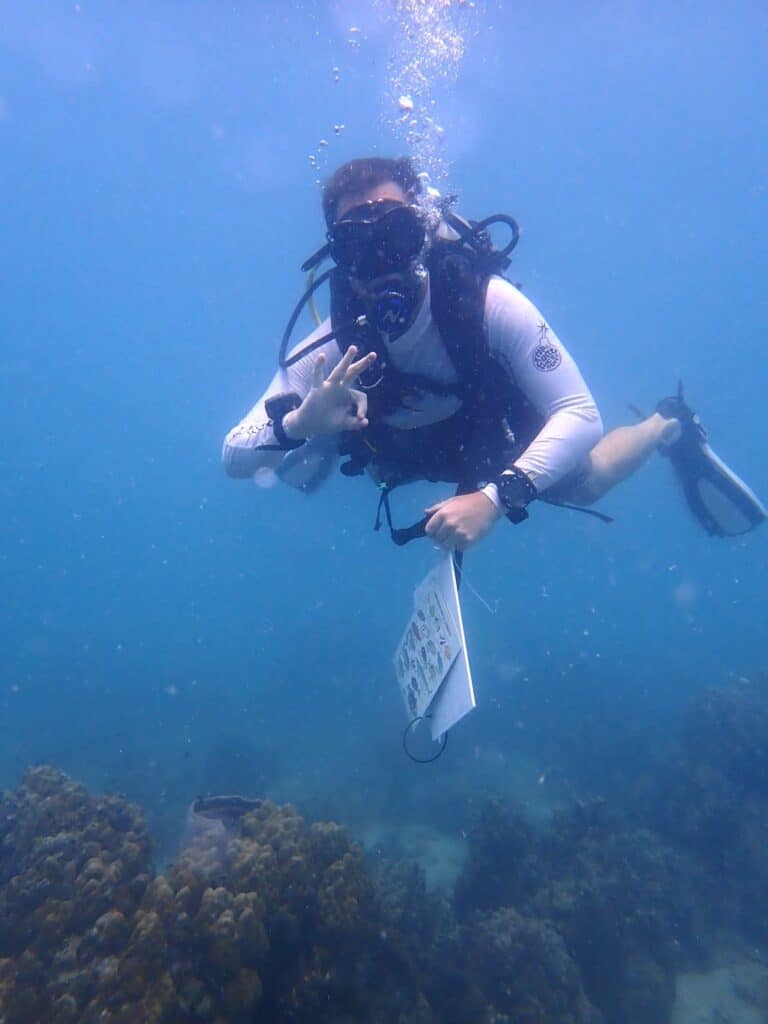
My Thoughts on the EMP Course
I cannot overstate just how incredible the EMP course with Black Turtle Dive was in the end.
The entire team was incredibly supportive, fostering an environment where learning and personal growth were held at the highest standard while also teaching real-world conservation skills.
One aspect of the course that particularly resonated with me was the emphasis on collaboration.
The data we collected is obviously too much for just one person to handle, and it’s by working closely with our fellow divers to conduct underwater surveys, share observations, and analyse the data we collected that we can continue to make a bigger difference.
READ MORE: Whether you’re in the country for 1, 2 or 3 weeks, we have a perfect Thailand itinerary for you!
This collaborative approach fostered a sense of camaraderie amongst the divers at Black Turtle and reinforced the idea that we can achieve more significant results in conservation by working together.
Moreover, the hands-on nature of the course allowed me to witness firsthand the beauty of Koh Tao’s marine ecosystems and the challenges they face.
It was both humbling and inspiring to realise that our actions, as divers and as individuals, can make a tangible difference in the preservation of these incredible underwater environments.
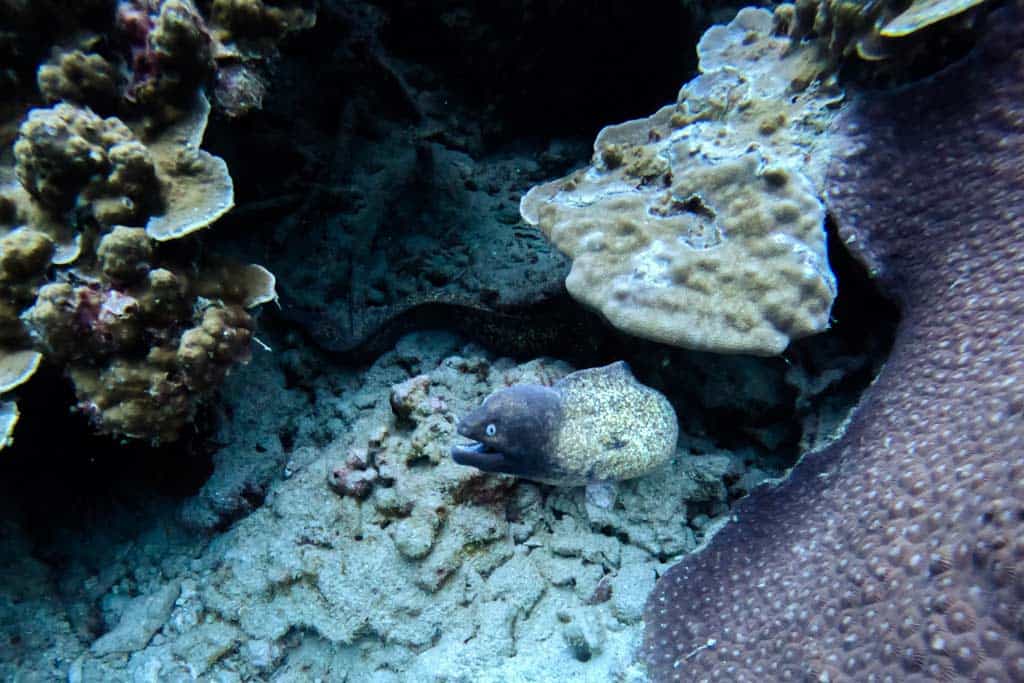
How the EMP Course Changed My Perspective as a Diver
The EMP course with Black Turtle Dive was a transformative experience that changed my perspective as a diver.
The knowledge and skills I gained have allowed me to see the underwater world through a new lens – one focused on conservation and responsible diving practices.
Before taking the Koh Tao EMP course, I was primarily captivated by the beauty and excitement of diving. Always wanting to see the big things like sharks and turtles, or the pretty species like nudibranchs.
Now, I am more aware of the fragility of marine ecosystems and the vital role that divers can play in their preservation.
I have become more conscious of my actions and choices while diving, striving to minimise my impact on the underwater environment.
Additionally, the EMP course has inspired me to become an advocate for marine conservation.
I now feel empowered to share my experiences and knowledge with fellow divers and friends, encouraging them to become responsible ocean ambassadors as well.
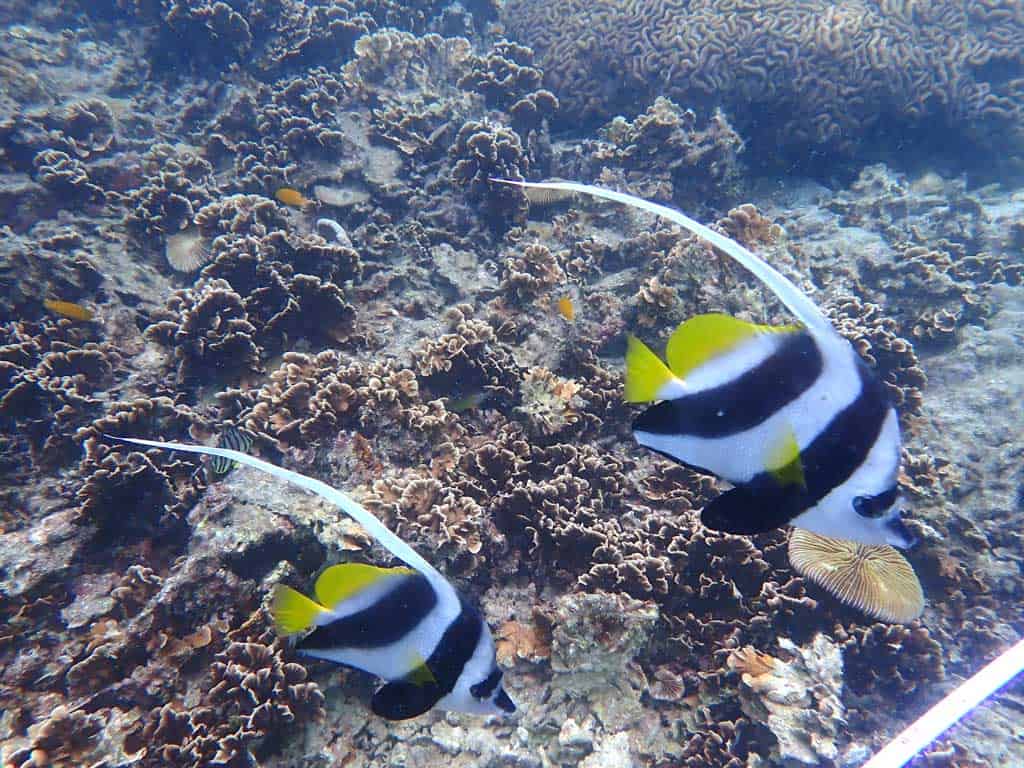
Doing the EMP Course into Your Koh Tao Visit
If you’re planning a visit to Koh Tao, Thailand, and are already a certified scuba dive with a love of our oceans, I highly recommend integrating the Ecological Monitoring Program course into your itinerary.
Koh Tao is not only known for its stunning natural beauty, but it is also recognised as one of the best and most affordable places in the world to learn how to scuba dive.
To participate in the EMP course, you can simply reach out to Black Turtle Dive.
It’s a good idea to book your course in advance, as slots may fill up quickly, especially during peak season.
Keep in mind that the EMP course typically lasts for several days, so plan your visit accordingly to ensure you have enough time to complete the training.
While you’re in Koh Tao, make sure to explore the island’s other attractions, such as hiking to picturesque viewpoints, beach hopping, and sampling the local Thai cuisine.
The combination of natural beauty, diverse activities, and the EMP course will undoubtedly make your Koh Tao visit an unforgettable experience.
Taking the Ecological Monitoring Program course with Black Turtle Dive in Koh Tao, Thailand, was a truly life-changing experience.
Not only did I learn valuable skills and knowledge about marine conservation, but it also transformed the way I approach scuba diving and deepened my appreciation for the underwater world.
I highly recommend the EMP course to any diver looking to make a positive impact on marine ecosystems and elevate their diving experience to new heights.
